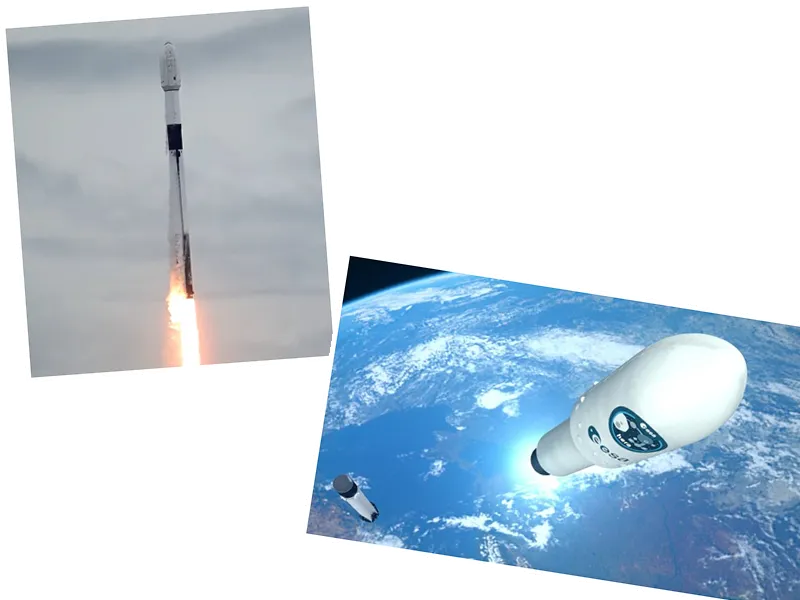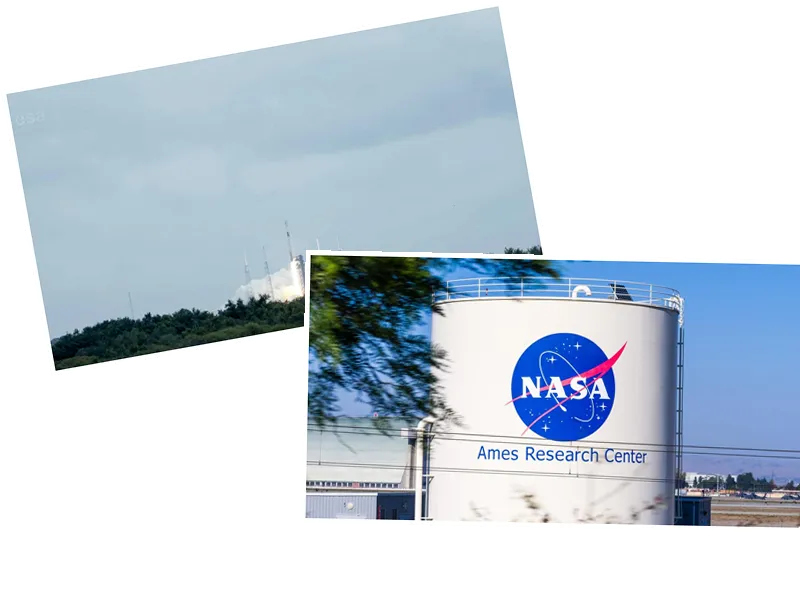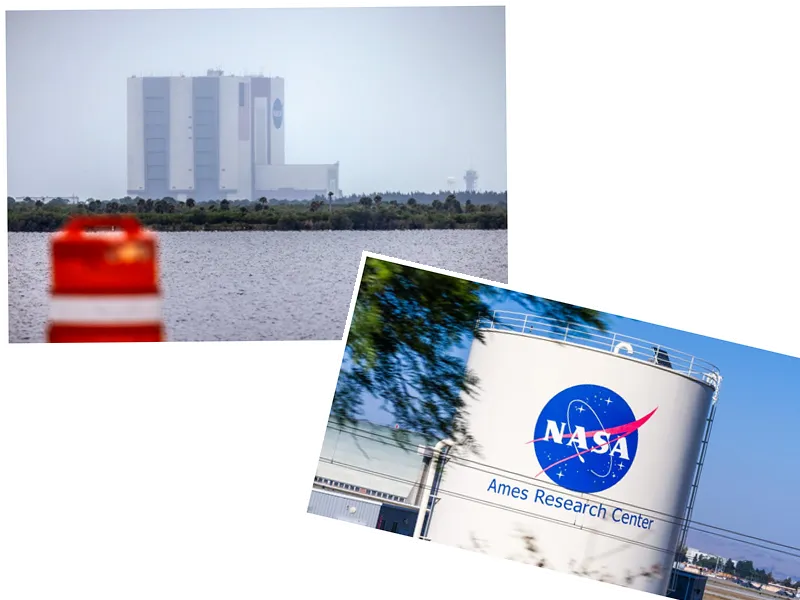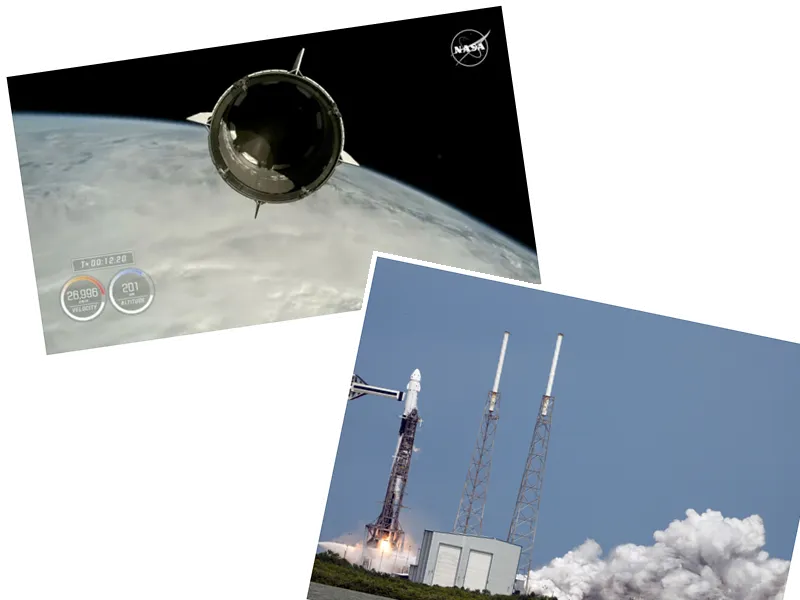Successful Launch of Hera: A Milestone in Planetary Defense
The European Space Agency's (ESA) Hera mission successfully launched on October 7, 2024, from Cape Canaveral aboard a SpaceX Falcon 9 rocket. This historic event marks the first European planetary defense mission aimed at studying the Didymos binary asteroid system. Despite the looming threat of Hurricane Milton, which reached category 3 status, the launch proceeded as planned, highlighting the resilience and determination of the ESA team. The mission is set to reach its target, the asteroid Dimorphos, by October 2026, following a two-year cruise phase.
Understanding the Impacts of Asteroid Deflection
Hera's primary objective is to analyze the aftermath of NASA's DART mission, which successfully impacted Dimorphos in September 2022. This mission will provide crucial data on how to potentially divert asteroids that may threaten Earth. The spacecraft will carry out in-depth studies, including the examination of the crater formed by DART's impact and the overall characteristics of Dimorphos. Equipped with advanced instruments like infrared cameras and spectrometers, Hera will gather vital information about the asteroid's mass, structure, and thermal properties over a six-month observational period.
Collaborative Efforts in Space Exploration
The Hera mission is a collaborative initiative involving 18 ESA member countries and the Japan Aerospace Exploration Agency (JAXA). The project, which has a budget of 363 million euros, underscores the importance of international cooperation in addressing global threats such as asteroid collisions. As scientists and engineers prepare for the next phases of the mission, the successful launch of Hera stands as a testament to human ingenuity and the ongoing quest to safeguard our planet from cosmic hazards.





